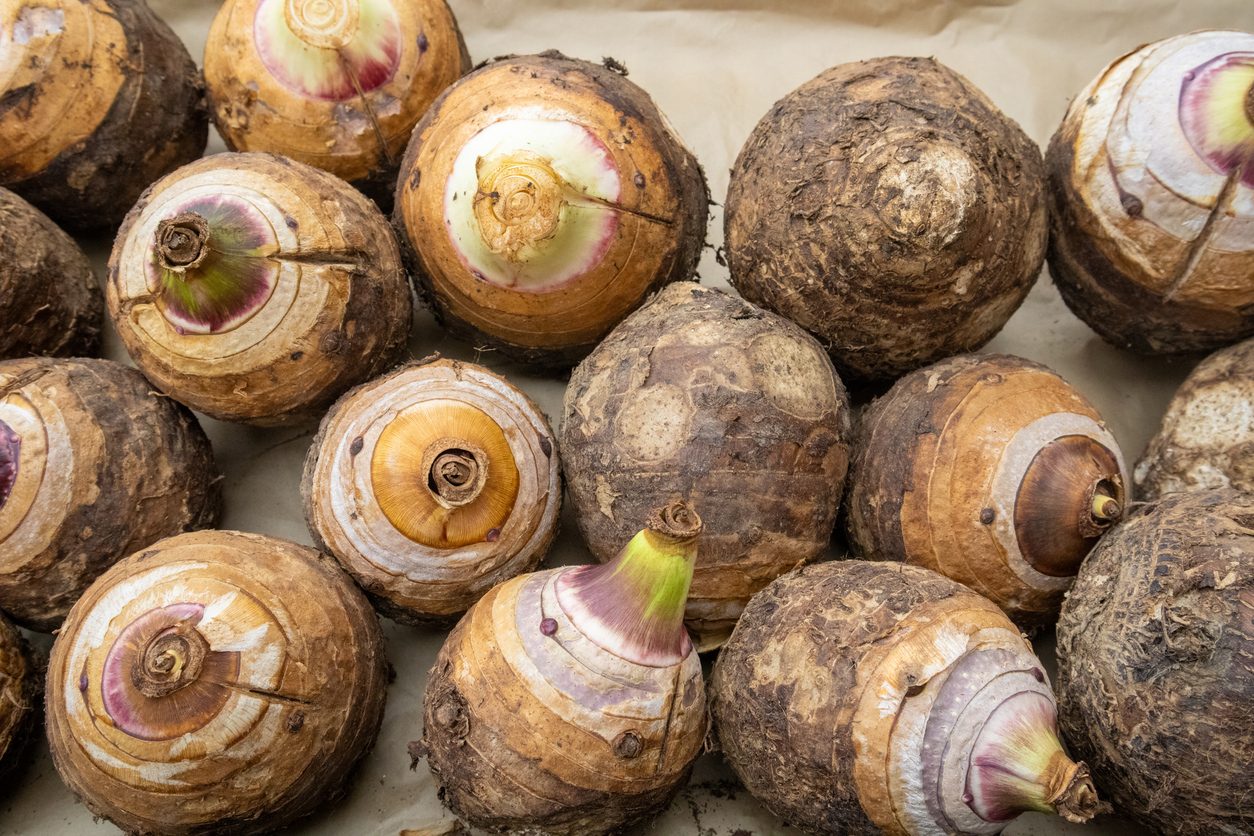Here’s Everything You Need To Know About Boiling Cabbages Perfectly
Cabbages are an everyday favourite because they are delicious, are easy to keep and make a good accompaniment for any meal. But, as easy as cooking it may seem, there are a few tips you need to keep in mind if you don't want them coming out unappetizing, overcooked, soggy or downright tasteless.

Cabbages are a good choice when you want your daily dose of vitamins and fibre. This leafy vegetable can be enjoyed as a side dish in many ways; they can be boiled, sautéed, fried or incorporated into numerous dishes.
This article is all about the good ol' method of boiling cabbages. Here's an abridged guide to getting the best results when boiling cabbages:
HOW TO PREPARE THE CABBAGE

1. Peel the outer leaves of the cabbage
To avoid getting dirt in your meal, discard the cabbage head's outer leaves and any that look wilted or discoloured.
2. Rinse the head of cabbage under cool water
Next, rinse the cabbage under a stream of water to get rid of pesticides, insects, sands or microbes that may have gotten attached to it during the cultivation process.
3. Cut the cabbage
Cut the cabbage into your bite-sized pieces; you can choose to cut them into wedges or thin strips. This doesn't affect the cooking in any way. Just be sure to cut out the stem or centre of the cabbage.
BOILING THE CABBAGE

1. Let the water come to a gentle boil over medium-high heat. Make sure the water is about 3/4 of an inch deep, enough to prevent overflowing. You may also add about 10 ml of vinegar to get rid of that cabbage smell some people find unlikable.
Tip: you can boil your cabbage in vegetable or meat stock to infuse flavour to your cabbage.
2. Place the cabbage inside the boiling water. The cabbage will gradually absorb the water and decrease in volume.
3. Let the cabbage cook at a simmer or gentle boil. If shredded, the cabbage can cook for about 5 minutes, while wedges will take 10 to 15 minutes to cook. When properly cooked, the cabbage will become tender but make sure it doesn't overcook.
4. Remove the cabbage from the pot. You can choose to drain the leftover water, drink it or use it to make soups or gravy.
5. Salt the cabbage. This step is commonly overlooked, but it is essential if you don't want the cabbage tasting bitter. However, don't add too much salt!
HANDY TIPS FOR WHEN SELECTING CABBAGE

Cabbages come in numerous varieties, with green cabbage being the most popular kind. However, you should know that other less common types like red cabbage, savoy cabbage, Napa cabbage or bok choy, the Chinese cabbage, can also be boiled. It really all just boils down to your personal preference as well as availability. However, keep these two tips in mind when making your final choice:
- Always choose a head of cabbage that is firm and compact. A head of cabbage that feels compact to touch signifies that the leaves will be tasty, fresh and crisp. The weight of the cabbage should also feel heavy for its size.
- Avoid shredded or pre-cut cabbage. Shredded cabbages seem like the best choice for a quick meal, but they are not exactly best if you want the optimum nutritional value. Such pre-packaged cabbages have very little value because they have been cut, and even worse, they may have started losing taste because they have been on the shelf for too long.
;Resize,width=767;)
;Resize,width=712;)

;Resize,width=712;)
